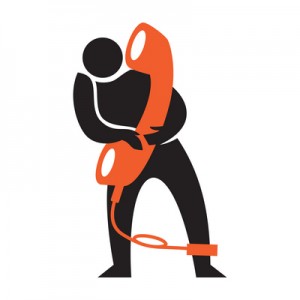Bank of America – The Industry Standard for Short Sales
 The key to success in any business is communications. This is equally true for the short sale industry. Which company sets the standard? Bank of America. Their model needs to be emulated by short sale lenders. They are leaps ahead in terms of responsive, communications, simplicity and efficiency of processing. I’ve done hundreds of short sales with dozens of different lenders. No one else comes close to the customer service and systems in place with Bank of America. Of course, they are not perfect. But they get better all the time. Here is why, and here is what should be emulated.
The key to success in any business is communications. This is equally true for the short sale industry. Which company sets the standard? Bank of America. Their model needs to be emulated by short sale lenders. They are leaps ahead in terms of responsive, communications, simplicity and efficiency of processing. I’ve done hundreds of short sales with dozens of different lenders. No one else comes close to the customer service and systems in place with Bank of America. Of course, they are not perfect. But they get better all the time. Here is why, and here is what should be emulated.Equator Model. Bank of America’s Equator model is far easier to use than its competitors, even those who also use Equator.
- Wells Fargo use of Equator – They rely far too much on the agent entering in exact HUD figures, guessing at what is needed in the required fields and answering questions, that are better ascertained by the negotiator or processor. For example, they have a SEVERAL PAGE HUD entry required to be filled out by agents, compared to ONE PAGE Bank of America requirement. Not only is the Wells Fargo Equator process cumbersome, it is error-prone, especially since expecting someone in the sales field, i.e. a real estate agent, to be a “title agent” number cruncher is overreaching. I can see how this saves Wells Fargo work, by requiring the agent to fill in the blanks, but it is not customer service oriented.
- The same can be said for the GMAC Equator usage, which differs from Bank of America, but seems to require the agent to “guess” at filling out some of the questions.
- The competing system to Equator, RES.net used for example, by Carrington/Vericrest mortgage, is also cumbersome and similar to Wells Fargo’s set up in Equator. It’s just not user-friendly.
Customer Service. The short sale lenders need to consider the real estate agent their customer. Bank of America does this. I rarely find other short sale lenders have the same attitude. In fact, most of them feel the agent is working for them, and must “comply” with their system. One improvement this year is with Chase, who has set up an escalation hot line for agents. Again, Bank of America needs to be emulated in its customer service. Here is why:
Numerous Lines of Communication
Bank of America offers three ways to communicate with the negotiator (or other persons on the short sale file). They don’t “hide” contact information or prevent the agent from communicating, as do some other lenders, who go as far as refusing to provide email addresses to their negotiators.
- Bank of America provides a general short sale customer service number, an internal email address for the negotiator and a direct phone number to the negotiator.
- Bank of America allows and provides direct phone numbers to supervisors of negotiators, and their email addresses, as well as higher up management, without requiring the agent to go through hoops, beg and plead.
Bank of America’s Twitter Help. I am constantly amazed and impressed by their social media escalation team. They have moved transactions for me, gotten last minute approvals and straightened out problems quickly, with interest and results.
These communication practices by Bank of America should be short sale industry standard. Calling some lenders, and getting their customer service department saying, “No, you cannot have any contact information for the negotiator. They’ll contact YOU when they want” is simply unacceptable in today’s business world. Communication, efficiency, responsiveness, and a high level of customer service is the key to success in short sale processing, for both the agent, the borrower, the buyer and the lender.
It’s Wendy!
Wendy Rulnick, Broker, Rulnick Realty, Inc.
